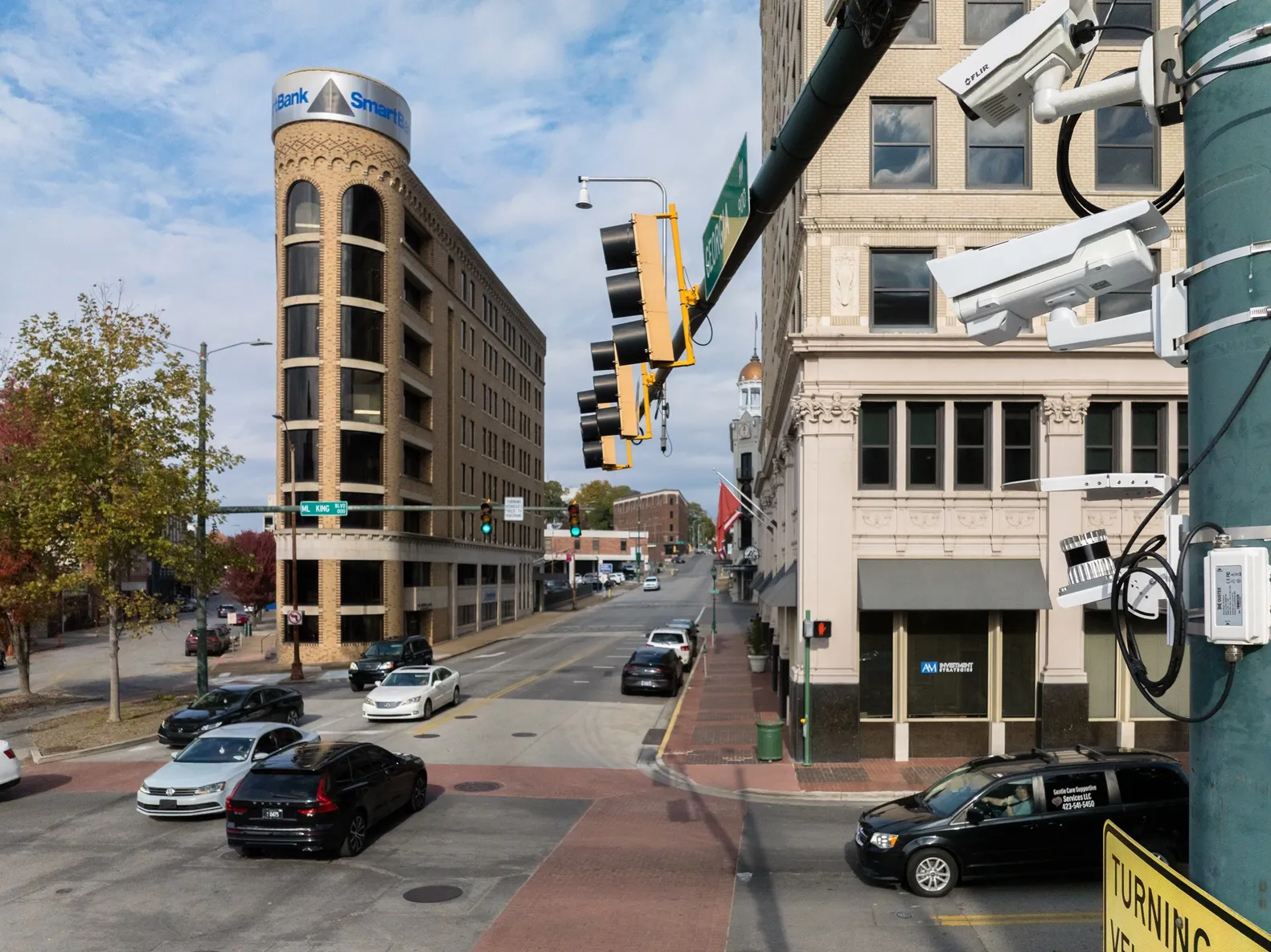The NEMA TS 10 Connected Vehicle Infrastructure-Roadside Equipment standard was previewed at the Intelligent Transportation Society of Georgia’s annual meeting in the US city of Athens.
NEMA’s transportation industry director Steve Griffith said NEMA TS 10 will enable user agencies to have confidence in “procuring roadside infrastructure equipment that will not become obsolete as communication technology advances”.
“The roadside connected vehicle devices proposed allow future and wireless technologies and applications to be implemented without the need for replacement within the devices expected service life," Griffith added.
NEMA says the standard will allow dedicated short range communications (DSRC) and cellular Vehicle to Everything (C-V2X) to work together in the same spectrum via a dual-mode or dual active roadside connected vehicle device.
The standard covers traffic signals, crosswalk signs, flashing school zone safety beacons, ramp meters and other electronic control equipment.
NEMA’s connected vehicle infrastructure technical committee is currently drafting the standard, which is expected to be complete by the end of the year.
NEMA previews connected infrastructure standard
The National Electrical Manufacturers Association (NEMA) is developing a standard which it claims could accelerate the deployment of connected vehicle roadside infrastructure technology.
October 10, 2019
Read time: 1 min










